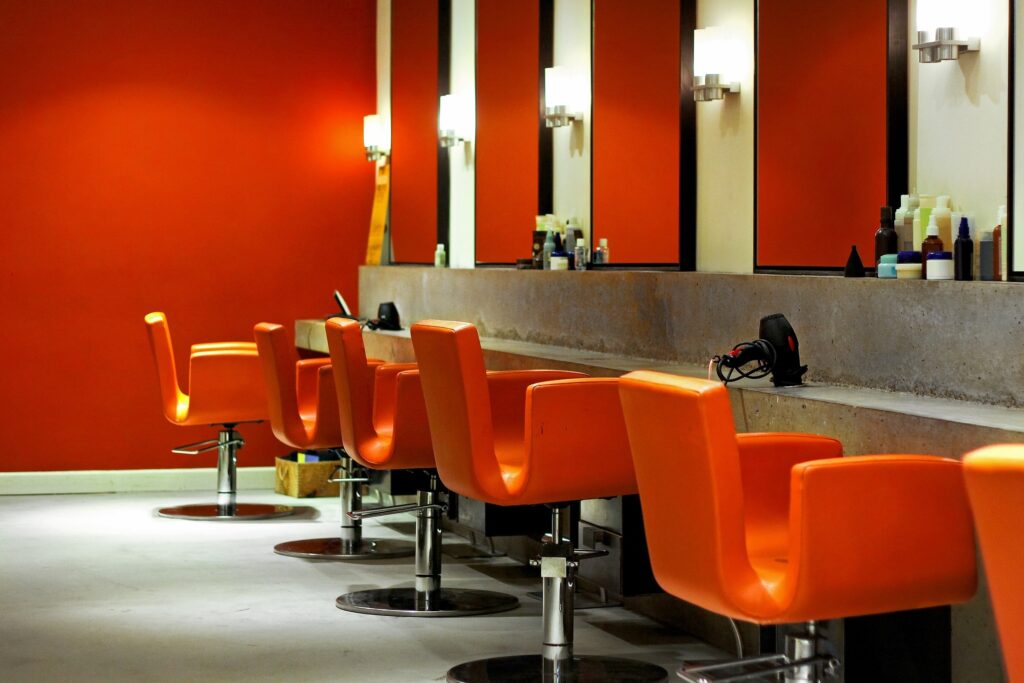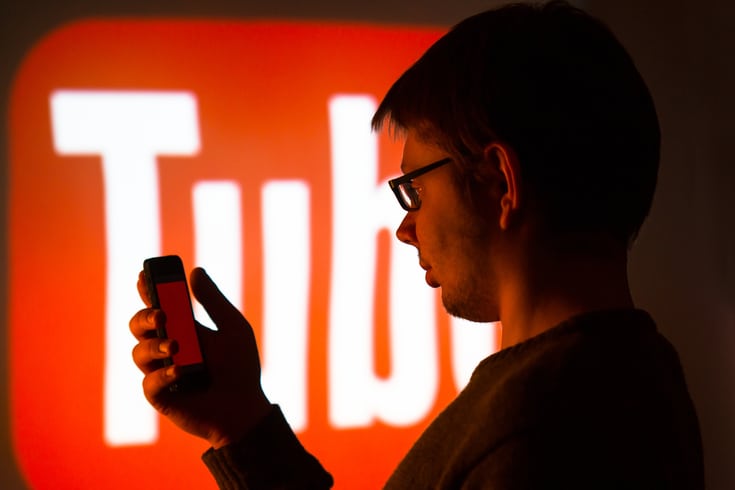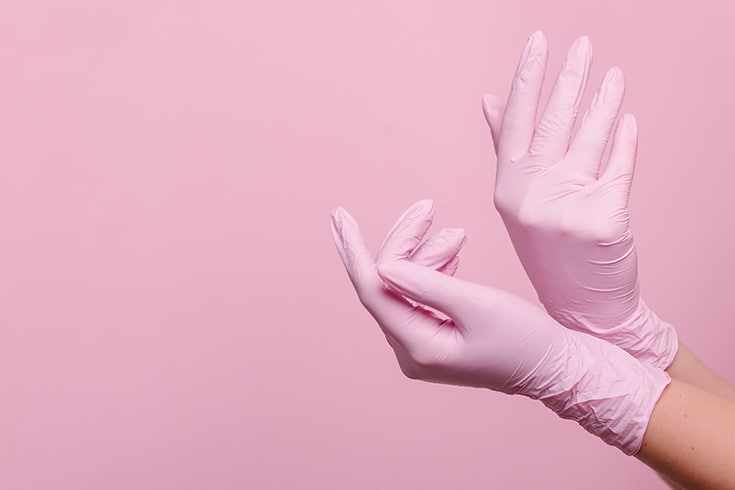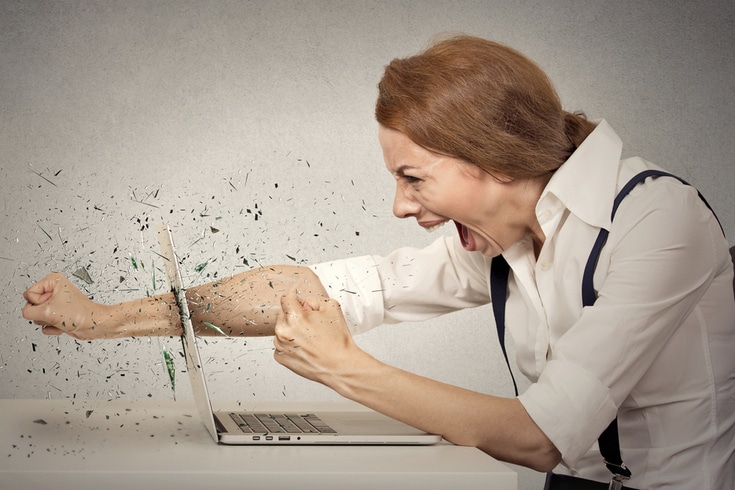What is the Relationship Between Defamation and Violation of Portrait Rights? Introducing Examples and Court Cases

The right of publicity, in a nutshell, is the right to prohibit the unauthorized capture and publication of one’s face or appearance.
This right of publicity is often described as a manifestation of privacy. For instance, if someone takes a photo of you without your permission while you’re walking in a certain place on a certain day, and then posts that photo on social media, people who know you might see it and realize, “That person was at that place on that day.” The publication of the photo thus involves a kind of privacy issue, namely, “where was that person on that day?”
However, in practical terms, the right of publicity is often asserted in conjunction with defamation. A typical case might involve an employee of a major company who holds a certain level of position and is difficult to categorize as either a “public figure” or a “private individual”. For example, when a scandal involving this person is published in a weekly magazine or on a web media platform.
- The publication of the scandal → a defamation issue
- The publication of a facial photo in the article → a right of publicity issue
These are the kinds of claims that can be made.
In such cases, are there instances where the judgment is “not defamation, but an infringement of the right of publicity”, or conversely, “not an infringement of the right of publicity, but defamation”?
When Defamation and Violation of Portrait Rights are Not Recognized

The “Weekly Sankei” published an article suggesting that a private dental university professor was engaging in sexual activities with Filipino women on a daily basis in the Philippines, and was also skimming off the top of their prostitution earnings. Despite using a pseudonym, the article included a photo of the individual’s face and pictures taken at a local hotel. According to the article, this private dental university professor, along with a friend who was a snack bar owner, went to the Philippines, selected Filipino women to work and engage in prostitution at the Japanese snack bar run by the friend, and repeatedly engaged in sexual activities with numerous women. The professor was also involved in bringing two selected women into Japan on tourist visas to work at the snack bar.
In response to this article, the private dental university professor sued the “Weekly Sankei” and its management company for defamation and violation of portrait rights. As we have explained in another article on our site, defamation is established when someone “publicly” “indicates a fact” and “damages a person’s reputation”.
https://monolith.law/reputation/defamation[ja]
In this case, even though a pseudonym was used, the person’s position and age were indicated as “Professor of Prosthodontics at ○○ Dental University (49 years old)”, and a photo of the plaintiff was published. It is clear to those who know the plaintiff that he is the person in question. Furthermore, the “fact” that the plaintiff was involved in selecting Filipino women to work at the snack bar by repeatedly engaging in sexual activities with numerous women, and bringing two selected women into Japan on tourist visas to work at the snack bar, was published in the weekly magazine, which was distributed to approximately 450,000 people nationwide. It can be assumed that the plaintiff’s reputation, being a university professor, was naturally damaged.
On the other hand, defamation is not established if the conditions of “public interest”, “public benefit”, and “truth” are met.
The court determined that the plaintiff, as a professor at a dental university, was a leader who should practice the ethics demanded of a dentist in society, teaching dental students who will be involved in the practice of dental medicine in Japan in the future. His words and actions, both public and private, have a significant impact not only on the mental lives of dental students, but also on society in general, through his direct and indirect social services, educational and research activities, etc., based on his position as a professor at the dental department of the university and a director of the Japanese Prosthodontic Society. The court judged that the facts dealt with in the article in question are facts related to public interests.
Also, the court recognized that the act of a dental university professor being involved in illegally bringing Filipino women into Japan is a behavior that greatly contradicts his social responsibility. The court judged that it is the mission of the media to report the facts, appeal to the criticism of the general public, sound an alarm to professors and related parties of dental universities and universities in general, and have them correct their behavior. The court recognized that the article in question was published solely for the purpose of public benefit.
While it cannot be denied that there are parts of the article that lack evidence to be recognized as true in detail, and that there are parts of the expression that are exaggerated and inappropriate, the court recognized that the main parts of the article, which are facts that should be socially criticized, are all true, and dismissed the claim for damages based on defamation.
https://monolith.law/reputation/cases-not-recognized-as-defamation[ja]
Regarding the violation of portrait rights, the court stated that the photos of the plaintiff naked and trying to put on underwear, and the photos of the plaintiff and several women frolicking on a bed, are clearly photos that a general person would not want to be published. It cannot be recognized that the plaintiff had consented to the publication of such photos in the weekly magazine. Therefore, it should be said that the plaintiff’s personal interests were violated by the publication of these photos in the weekly magazine. However, when examining whether the act of publishing the photos lacks illegality, a requirement for the establishment of a tort,
The photos published in the article in question do not have their own significance, but rather, the main focus of the article is on the text of the article, and the photos are used to reinforce and clarify the content of the article. The article, which is reinforced by the photos, is related to public interests from its content, and was published solely for the purpose of public benefit, and the facts indicated are recognized as true in their main parts.
Tokyo District Court, February 27, 1987 (Showa 62)
The court was able to judge that the act of publishing the plaintiff’s photos in the weekly magazine for the purpose of reinforcing the article lacks illegality as a requirement for the establishment of a tort, in terms of its purpose, necessity, and means and methods. Therefore, the court did not recognize the violation of portrait rights either. This is a typical logical structure when neither defamation nor violation of portrait rights is recognized. This applies even when the publication of articles and photos is done online.
When Defamation is Not Recognized, but Violation of Portrait Rights is

Whether a violation of portrait rights occurs often depends on whether defamation is established. However, there are cases where defamation is not recognized, but violation of portrait rights is.
In a case of attempted fraud and forgery of valuable securities, the investigative authorities publicized the suspect’s name and other details. The television news agencies also reported the suspect’s name and broadcast the footage. The plaintiff, a former lawyer who was arrested and detained as a suspect in the case and later not prosecuted, sought damages from the Tokyo Metropolitan Government for defamation by publicity, and from Nippon Television, Asahi Broadcasting, and Tokyo Broadcasting for defamation, violation of portrait rights, and invasion of privacy due to their reporting.
The court first considered the issue of defamation. It stated that the publicity by the investigative authorities regarding this case, which included the fact that the plaintiffs were arrested and detained as suspects in the forgery of valuable securities and attempted fraud case, and the outline of the case, clearly defamed the plaintiffs’ reputation. However, it could be considered as a matter of public interest and was carried out solely for the purpose of public benefit. Given the circumstances of the plaintiffs’ arrest, interrogation, detention, and its extension, there were reasonable grounds to believe it was true, and therefore, defamation was not recognized.
Regarding the issue of invasion of privacy, the court stated that a person who once held a profession committed to realizing social justice, such as a lawyer, and who was expelled from the bar association, has a legitimate interest in not having facts related to his or her background disclosed arbitrarily. Such disclosure constitutes an invasion of privacy and an illegal act. However, disclosing facts about a person’s background can be considered legitimate within the scope of exercising freedom of expression, such as when it is closely related to matters of public interest. Therefore, it lacks illegality and does not constitute an illegal act, and the invasion of privacy was not recognized. However, the footage broadcast by Tokyo Broadcasting was taken without the plaintiff’s consent,
The location of the shooting can be inferred to be near the plaintiff’s home, a place that still belongs to the realm of the plaintiff’s private life. It is clear from these images that the plaintiff did not want to be filmed by the news media. The plaintiff is filmed in casual clothes, not intended for contact with others, and it is easy to predict that the plaintiff would feel uncomfortable if this was broadcast to the general public. The audio part of “a former lawyer who was expelled last year” and the fact that it stays in the viewer’s vision as a whole, can unnecessarily strongly impress the viewer with the plaintiff’s attributes.
Tokyo District Court, October 27, 2000 (Gregorian calendar year) Judgment
As a result, Tokyo Broadcasting was ordered to pay 500,000 yen in damages. Not all photos and videos are permissible in news articles where defamation is not established. This is something that requires caution.
Cases Recognizing Defamation but Not Infringement of Portrait Rights

Contrary to the previous example, there are cases where defamation was recognized, but infringement of portrait rights was not. This contrasting example is interesting, so let’s introduce it. It may serve as a reference for understanding when infringement of portrait rights is not recognized.
An article was published in the photo weekly magazine ‘FOCUS’, which detailed the actions of the NHK Social Affairs Director, who allegedly used his position to pressure construction contractors through the Ministry of Construction over a noise problem at his home apartment. The article described him as “an abnormal complainer who is pushing companies and ordinary people into the depths of fear.” The NHK Social Affairs Director, who was criticized for abusing his authority to the point of involving senior officials of the Ministry of Construction, sued the publisher for damages, claiming defamation and infringement of portrait rights.
The Tokyo District Court ruled that there was no fact that the plaintiff, using his position as the NHK Social Affairs Director, abused his authority to pressure construction contractors through the Ministry of Construction over a personal issue. The court also ruled that there was no reasonable reason to believe that this was true. Therefore, the court recognized that the article in question lowered the plaintiff’s social reputation and defamed his honor.
https://monolith.law/reputation/defamation-and-decline-in-social-reputation[ja]
Furthermore, the court recognized that the plaintiff and his family suffered significant mental distress due to the article, which highlighted a noise problem with the upstairs resident, which should have been a personal issue, and used personality-attacking expressions such as abnormal behavior and abnormal complainer. As a result, the court ordered Shinchosha to pay 5 million yen in compensation for emotional distress, 500,000 yen in attorney fees, for a total of 5.5 million yen.
On the other hand, regarding the infringement of portrait rights, the court stated:
“The photo in question is a full-body photo of the plaintiff with a clear facial image, and in conjunction with the photo description, it is clear that the plaintiff is the subject. And the plaintiff has not consented to the shooting and publication of the photo in question.
Tokyo District Court, December 6, 2001 (Gregorian calendar year) Judgment
However, as stated in the previous paragraph, the article in question pertains to facts related to public interests and is intended solely for the public good. The photo in question forms part of such an article and plays a role in effectively conveying the content of the article. And the photo in question, a full-body photo of the plaintiff in a suit (as per the premise), does not in itself give the plaintiff any particular shame, confusion, or discomfort. The shooting location and method, which was shot from outside as the plaintiff was leaving the entrance of the apartment building where he lives, is a shooting in a public place with high public nature similar to a public road, and it cannot be said to be unreasonable in social norms.”
The court did not recognize the infringement of portrait rights. Comparing this with the case of the former lawyer, you can see that the result is interesting.
https://monolith.law/reputation/portraitrights-onthe-internet[ja]
Summary
In weekly magazines and similar publications, if a photograph forms part of an article, reinforces its content, and plays a role in effectively conveying the message, there may be no copyright infringement even if permission for the photograph’s capture and publication was not obtained. There is no reason to make a different judgment on the internet, so the same can be assumed for online cases. Furthermore, if the subject is not in casual attire but in formal attire such as a suit, and the image does not cause particular embarrassment or discomfort, and if the photograph was taken in a public place akin to a public road, the likelihood of it not constituting a copyright infringement increases. It should be clear from the examples given above what kind of articles are not permitted on the internet and what kind of photographs could be subject to copyright infringement, but these are subtle and difficult issues to judge.
If you are unsure whether an article posted on a website or similar platform constitutes defamation or an invasion of privacy, or whether a photograph infringes on portrait rights, it is advisable to consult with an experienced attorney for a judgment.
Category: Internet





















